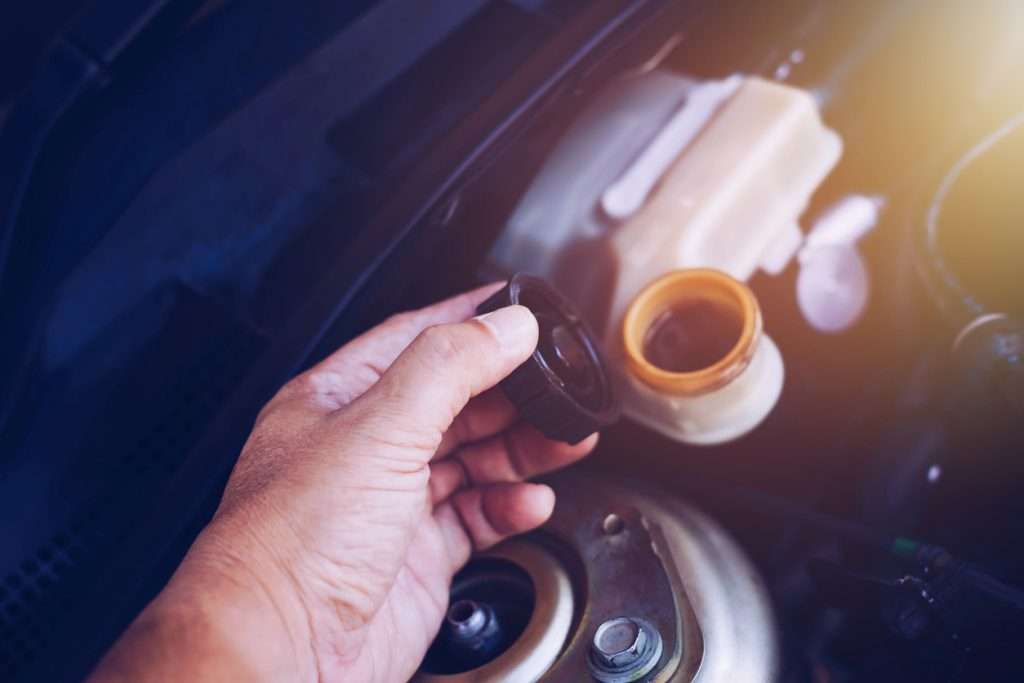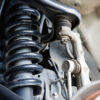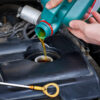How To Check Brake Fluid
Checking the brake fluid of your vehicle is a key element of regular car maintenance. It forms part of the braking system by applying pressure to the brake pads and slows the vehicle down. You will check the brake fluids when bleeding your brakes; our step-by-step guide on this process can be found here.
Regular checks of your brake fluid are encouraged outside of the bleeding process. Let’s dive into what you need to do:
Step 1 – Test Your Vehicle
Take your car for a short drive and brake several times to fill up the brake system.
Step 2 – Park On A Flat Surface
Ensure your car is parked on a flat surface with no bumps or slopes. Differences in elevation may result in an incorrect testing result.
Step 3 – Locate and Check The Fluid Reservoir
It’s time to open the bonnet and find your fluid reservoir. This is often located in a back corner of the engine compartment, but check your vehicle manual if unsure. The reservoir will be white with clearly visible dark liquid inside.
Once you have found the reservoir, check the liquid level against the Low and Maximum lines:
If the liquid is below the Low line, top up with some fresh brake fluid and go to Step 4. If the fluid level is still below Low after driving, you may have a leak in the brake system. Check with a mechanic to investigate any further issues, as it may require specialist assistance.
If the liquid is above the Maximum line, there may be water being absorbed from somewhere in the brake system. Visit a mechanic to get the brake fluid replaced and look into any further complications.
If you are between both lines, you are good to go!
Step 4 – Replacing Brake Fluid
You have performed your checks and you need to top up the brake fluid in your car’s reservoir. Here is what you need to do:
- Park on a flat surface.
- Clean the cap of the reservoir to avoid debris falling into the fluid.
- Fill up with brake fluid until you reach the Maximum line.
- Secure the cap back onto the reservoir.
- Take a short drive and then check the fluid again. This will help identify if the cap was not secured tightly enough.








